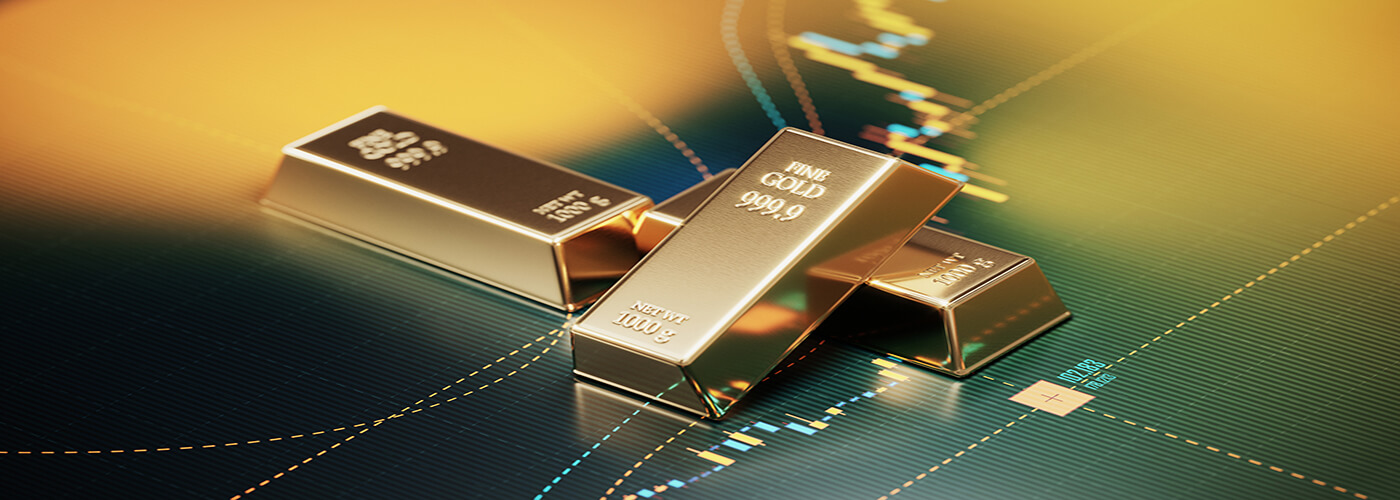The Fed Is Powerless to Stop Inflation
Today we start with a stack of dollars bills—100 to be exact. They all belong to you.
Because I’m nice, I’m going to give you $1.
But, because this is a racket, you have to give me $7.
That’s the game being played in the economy today as we approach that moment when the Federal Reserve begins hiking interest rates to combat “transitory” inflation that turned out not to be so transitory, really.
The Grand Arbiters of The American Economy are talking about three, maybe four interest rate hikes this year. Their goal: To push interest rates up from 0.25% and land at about 1%.
All fine and dandy.
But…
Inflation is running at 7% officially. So, for every dollar you gain, you lose seven.
And it’s actually much worse than that.
The real inflation rate is between 11% and 15%, according to Shadow Stats, which tracks inflation based on how the U.S. government used to calculate the rate in the 1980s and ’90s, before statisticians discovered something called “hedonic adjusting.”
Hedonics is a strategy that magically erases inflation by guessing what the price might have been for a product today had the same product of the same quality existed in the past. Take a modern car as an example. It comes standard nowadays with far more bells and whistles and safety measures than a new car in 1980. That new car today will cost, on average, $42,258. A new car in 1980 was $7,570, on average.
Mathematically, today’s car is 458% more expensive than a new car 42 years ago. But using hedonics, government statisticians can ludicrously claim that much of that increase is due to quality improvements that should be discounted, and therefore the inflation rate should be adjusted lower.
That’s good for Uncle Sam, because if he can claim (however bogusly) that inflation is much lower than it really is, then he can shrink the cost-of-living adjustments baked into very expensive programs he has to pay for, such as Social Security.
So, the Fed wants to set interest rates at 1%, even as inflation is somewhere between 7% and 15%, depending on who you believe.
Either way, your wallet’s taking it in the shorts.
Which brings me to gold…
The world’s most desired metal has been in a lazy funk for the last year, meandering to and fro between the high $1,600s per ounce and the low $1,900s. We are in the $1,825 range as I write this.

In the chart above, look at where I’ve highlighted the Fed meeting.
Gold should have actually gone down in the aftermath of the Fed announcing it will raise interest rates more, and likely sooner.
Here’s why: Gold earns no money. Nor does it offer any interest payments or dividend. As such, gold’s big weakness is higher interest rates. If investors can earn money holding other assets, then why hold gold that earns zilch?
Thus, in an environment where interest rates are headed higher—meaning returns are rising on relatively safe dollars and questionably safe U.S. Treasury paper—gold should be headed lower.
And yet…gold has risen.
This divergence between theory and reality has everything to do with inflation relative to where the Fed can actually take interest rates.
I am going to sound repetitive here, but so be it: The Fed cannot take interest rates very high. At nearly $30 trillion, Uncle Sam has more debt than has ever been accumulated in history. At 130% of GDP, Sammy will never, ever, pay it off (which is why a debt/currency crisis is in our future later this decade).
At the same time, businesses and consumers have accumulated record levels of corporate and personal debt.
Every tick higher in interest rates robs companies of profits, and makes daily living that much more difficult for families that are relying on the good graces of Mastercard and Visa to afford their lives.
The Fed knows this.
It knows raising rates too much will kill households, Wall Street, and the economy.
So, its end goal is interest rates at 1% or 2% (and 2% is going to hurt!).
Question: How do 1% or 2% interest rates stop inflation that’s raging at 7% or 15%?
Answer: It doesn’t.
In 1980, Paul Volker, Fed Chairman at the time, raised interest rate to more than 20% to fight inflation that was running above 13%.
That’s using several fire hydrants to put out a house fire.
Raising interest rates to 1% or 2% to fight inflation of 7% or more is using a squirt gun to put out a campfire. To me, it’s beginning to feel like today’s Federal Reserve is the Keystone Cops—they pretend to be in charge, but it’s all a farce.
The gold market is coming around to this view. (So, too, is the currency market, where the dollar has begun weakening in the wake of the Fed’s latest pronouncements.)
What I’m ultimately getting at is this: Interest rates are going up, but they have a very low ceiling. The gold market is prepping for this.
My bet is that gold this year shoots past its 2020 all-time high of $2,035 per ounce.
And then…it keeps going higher from there.
Because at this point, the squirt gun isn’t enough.

